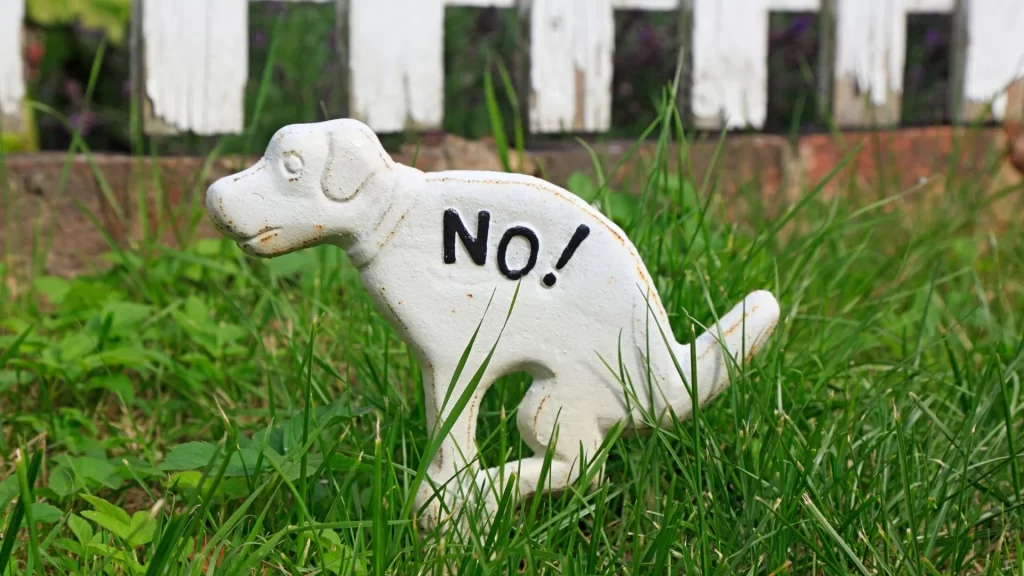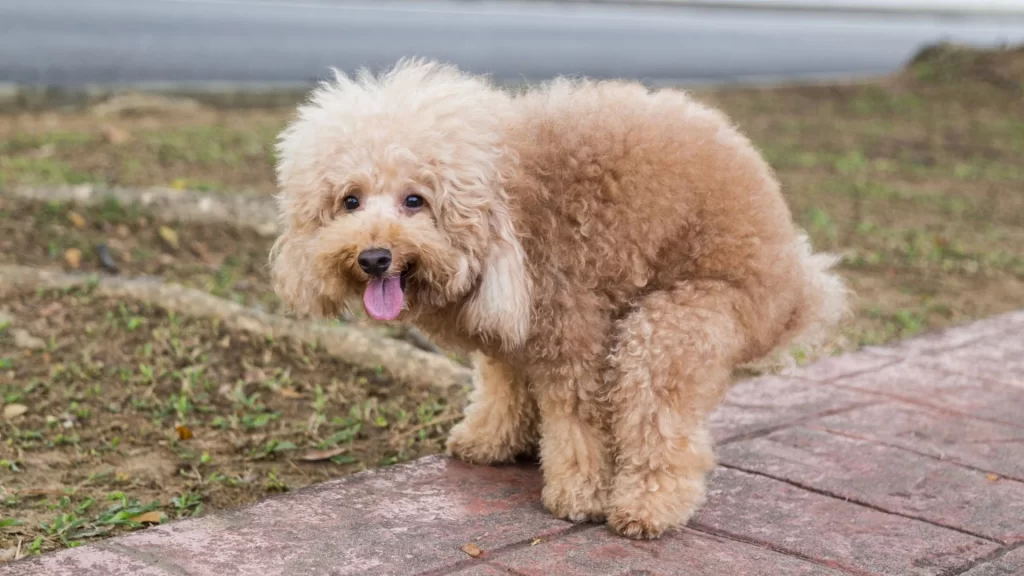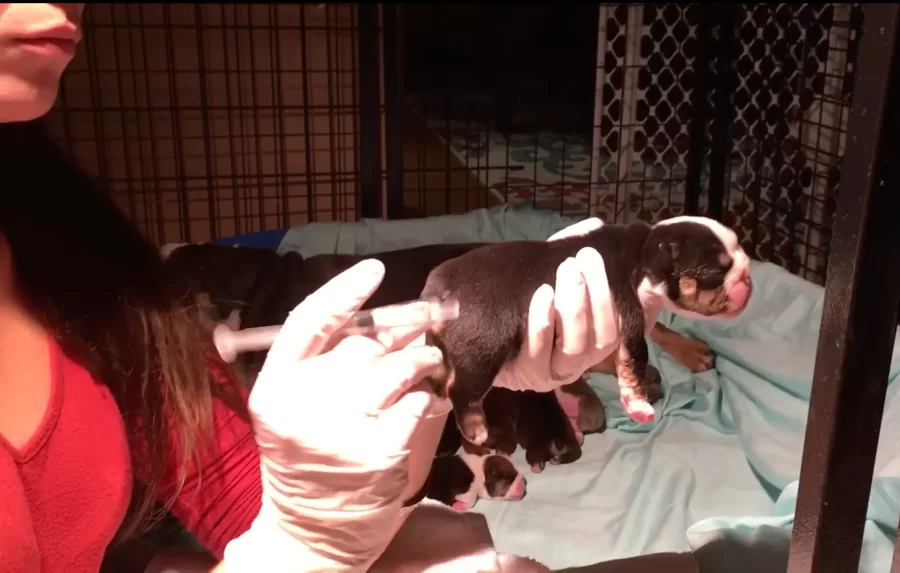Dealing with a constipated canine can be a concerning and frustrating experience for pet owners. While several home remedies may provide relief, a more proactive approach is sometimes necessary. Enter enema for dogs – a procedure that, when performed correctly, can effectively resolve stubborn cases of canine constipation. However, administering an enema to your furry friend requires careful consideration and guidance from a veterinary professional.
In this article, we’ll delve into the intricacies of giving a dog an enema, exploring the underlying causes of canine constipation, the signs that indicate the need for an enema, and the step-by-step process of safely and effectively administering this treatment. Whether you’re a seasoned pet parent or a first-time dog owner, this article will equip you with the knowledge and confidence to tackle your pup’s digestive woes and get them back on the path to regular, healthy bowel movements.
How do you remove impacted stool from a dog?

Before we dive into the enema for dogs procedure, it’s essential to understand the root causes of constipation in dogs. Dehydration, dietary changes, certain medications, and underlying medical conditions can all contribute to this common gastrointestinal issue. By identifying the underlying cause, you can better address the problem and prevent future episodes.
Dehydration
One of the primary culprits behind canine constipation is dehydration. When a dog’s body lacks sufficient fluid intake, the intestines struggle to effectively move waste through the digestive system, leading to hard, dry stools that are difficult to pass.
Dietary Changes
Abrupt changes in a dog’s diet can also disrupt their digestive balance, leading to constipation. Transitioning to a new food too quickly or introducing high-fiber ingredients without proper acclimation can cause gastrointestinal upset and impaction.
Medication Side Effects
Certain medications, such as opioids, diuretics, and antihistamines, can have the unintended side effect of slowing down the digestive process, resulting in constipation.
Underlying Medical Conditions
In some cases, constipation may be a symptom of a more serious underlying condition, such as hypothyroidism, neurological disorders, or tumors in the digestive tract. These issues require prompt veterinary attention to address the root cause and provide appropriate treatment.
How to give a dog an enema Video
How to give a dog an enema for constipation.
Identifying the signs of canine constipation is the first step in determining whether an enema for dogs is necessary. Some common symptoms to watch for include:
- Straining or discomfort during bowel movements
- Smaller, harder stools than usual
- Decreased frequency or complete lack of bowel movements
- Lethargy, loss of appetite, or vomiting
If your dog exhibits any of these signs and has not had a bowel movement in more than 48 hours, seeking veterinary guidance is crucial. Severe or prolonged constipation can lead to serious complications, such as impaction, intestinal blockages, and even organ damage.
How do you administer a dog enema?

Before administering an enema to your canine companion, it’s essential to work closely with your veterinarian to ensure the safety and effectiveness of the treatment. Here are the key steps to prepare for the procedure:
Gather the Necessary Supplies
Your veterinarian will likely recommend the following items:
- Soft, lubricated feeding tube
- Warm water
- Mild, unscented liquid soap (such as Ivory)
- Large syringe (60cc or larger)
Understand the Proper Technique
Enema for dogs should never be performed at home without explicit instructions from a veterinary professional. Your vet will demonstrate, correctly, how to insert the feeding tube, administer the solution, and monitor your dog’s response.
Discuss Potential Risks and Complications
While enemas are generally safe when performed correctly, there are some risks to be aware of, such as rectal damage, electrolyte imbalances, and potential dehydration. Your vet can guide managing these potential issues.
Can I give my dog an enema at home?
With the necessary supplies and instructions in hand, you’re now ready to assist your veterinarian in administering the enema. Here’s a step-by-step guide to the process:
- Prepare the Enema Solution: Mix the warm water and liquid soap to create a gentle, soapy solution. The volume of the solution should be approximately 10cc per 2 pounds of your dog’s body weight.
- Lubricate the Feeding Tube: Coat the rounded end of the feeding tube with a small amount of the soapy solution to facilitate easy insertion.
- Insert the Feeding Tube: Gently insert the lubricated end of the feeding tube into your dog’s rectum, advancing it 1-2 inches. Be sure to keep the syringe attached to the tube.
- Administer the Enema: Slowly and steadily, flush the enema solution through the feeding tube and into your dog’s colon. Monitor your pup’s reaction and cease the procedure if they exhibit signs of discomfort or distress.
- Remove the Tube: After fully administering the solution, carefully withdraw the feeding tube and allow your dog to expel the contents.
- Monitor and Repeat as Needed: Observe your dog’s bowel movements over the next 30 minutes to an hour. If the initial enema does not produce a successful bowel movement, you may need to repeat the process under your veterinarian’s guidance.
It’s crucial to avoid attempting an enema at home without proper training and supervision from a veterinary professional. Improper technique can lead to serious complications, such as rectal damage or electrolyte imbalances.
What to expect after a dog enema
While enemas can be an effective solution for canine constipation, it’s important to be aware of potential complications and know when to seek immediate veterinary attention.
Signs of Trouble
- Excessive straining or discomfort during the enema procedure
- Blood in the stool or rectal bleeding
- Vomiting or continued lack of appetite
- Lethargy or other signs of distress
If you observe any of these concerning symptoms, contact your veterinarian right away. Severe constipation or complications from an enema can require more intensive treatment, such as hospitalization, fluid therapy, or even surgery.
Preventing Future Constipation
To help prevent recurrent episodes of constipation, work closely with your veterinarian to address the underlying cause. This may involve adjustments to your dog’s diet, increased hydration, or the management of any underlying medical conditions.
Regular exercise, a high-fibre diet, and close monitoring of your dog’s bowel habits can also go a long way in maintaining a healthy digestive system and reducing the need for enemas in the future.
Dog Bloated Stomach Home Remedy
Conclusion
Administering enema for dogs can be a delicate and potentially risky procedure. Still, when performed correctly under the guidance of a veterinary professional, it can provide much-needed relief for canine constipation. By understanding the causes of this condition, recognizing the signs that an enema may be necessary, and following the proper steps for safe administration, you can help your furry friend overcome this common gastrointestinal issue and maintain a healthy, regular bowel function.
Remember, your veterinarian is your trusted partner in ensuring your dog’s well-being, so don’t hesitate to consult them if you have any concerns or questions about enemas or other aspects of your pup’s digestive health. With the right knowledge and care, you can help your canine companion navigate the ups and downs of constipation and enjoy a happy, comfortable life.
I am a highly skilled content writer and SEO expert with a passion for helping small businesses succeed in the digital world. With my extensive knowledge of the latest SEO techniques and strategies, I have successfully assisted numerous clients in improving their website rankings, generating more leads, and driving a significant increase in website traffic.
As a professional content writer and SEO expert, I am confident in my ability to contribute significantly to the success of small businesses. If you are seeking a results-driven, highly skilled digital marketer who can help you increase your ranking, convert new leads, and see a substantial improvement in website traffic, I would welcome the opportunity to collaborate with you.
Website: https://manmadewebsites.com/
Email: hello@digitalmarketingchap.com




